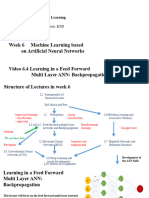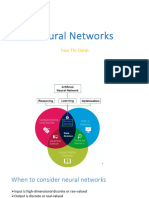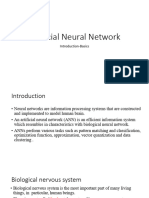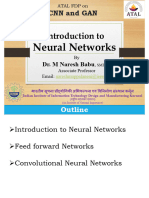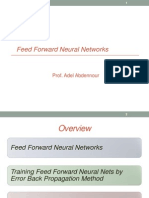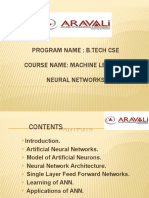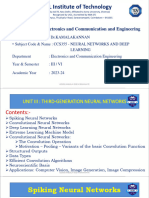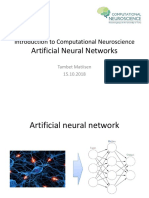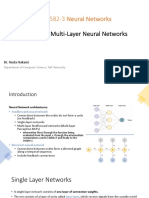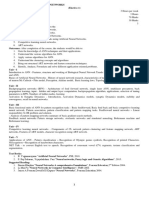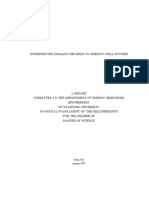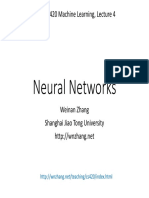0% found this document useful (1 vote)
288 views33 pagesUnit 1 Notes
Uploaded by
vasanthshm123Copyright
© © All Rights Reserved
We take content rights seriously. If you suspect this is your content, claim it here.
Available Formats
Download as DOCX, PDF, TXT or read online on Scribd
0% found this document useful (1 vote)
288 views33 pagesUnit 1 Notes
Uploaded by
vasanthshm123Copyright
© © All Rights Reserved
We take content rights seriously. If you suspect this is your content, claim it here.
Available Formats
Download as DOCX, PDF, TXT or read online on Scribd
/ 33


